ML_models
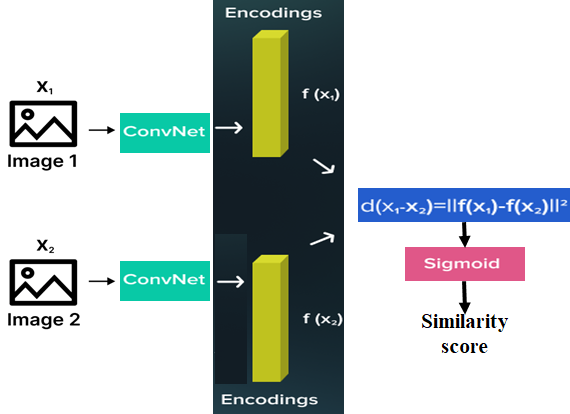
Lesson 6: Advanced Machine Learning (Ⅴ)
One-shot learning is a machine learning algorithm using a limited amount of training data to compare the similarities and differences between two images. This section will introduce how to build one-shot learning model with R keras.
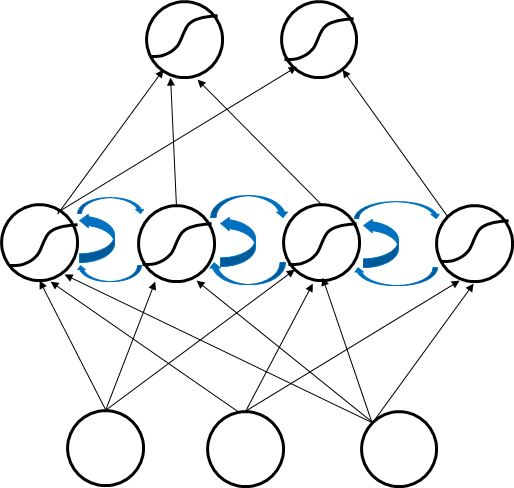
Lesson 5: Advanced Machine Learning (Ⅳ)
RNN stands for "recurrent neural network". In an RNN, prediction depends not only on the features of the current time point, but also the time points that came before the current time point. As a result, RNN's are most useful for modelling patterns in timeseries data. In this section, we're introducing how to implement an RNN model for predicting the next item.
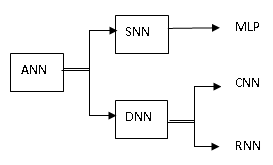
Lesson 4: Advanced Machine Learning (Ⅲ)
Both MLP and CNN can be used for Image classification. However, MLP takes vector as input, but CNN takes tensor as input. CNN understand spatial relation(relation between nearby pixels of image) between pixels of images better thus for complicated images CNN will perform better than MLP. RNN is powerful for modeling sequence data such as time series or natural language. In this section, we are going to learn the difference between MLP and CNN, as well as RNN.
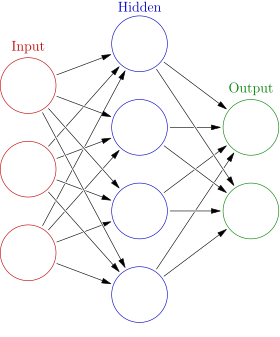
Lesson 2: Advanced Machine Learning (Ⅰ)
Unlike classic mechine learning, in which the features that machine learnS are extracted manually, artifical neural networks (ANN) can extract features from data automatically. With increase of data amount, multi-layer percetion and convolutional neural network are explored for getting good results. This section will introduce multi-layer precetion (MLP) algorithm.
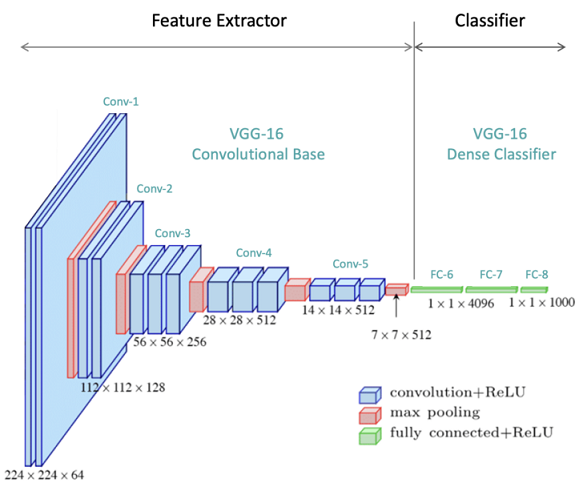
Lesson 3: Advanced Machine Learning (Ⅱ)
In the field of ecology, there are a lot of pattern that are related to image recognition, such as species identification, soundscape and remote sensing images. This section will introducde how to do these complex tasks using CNN.
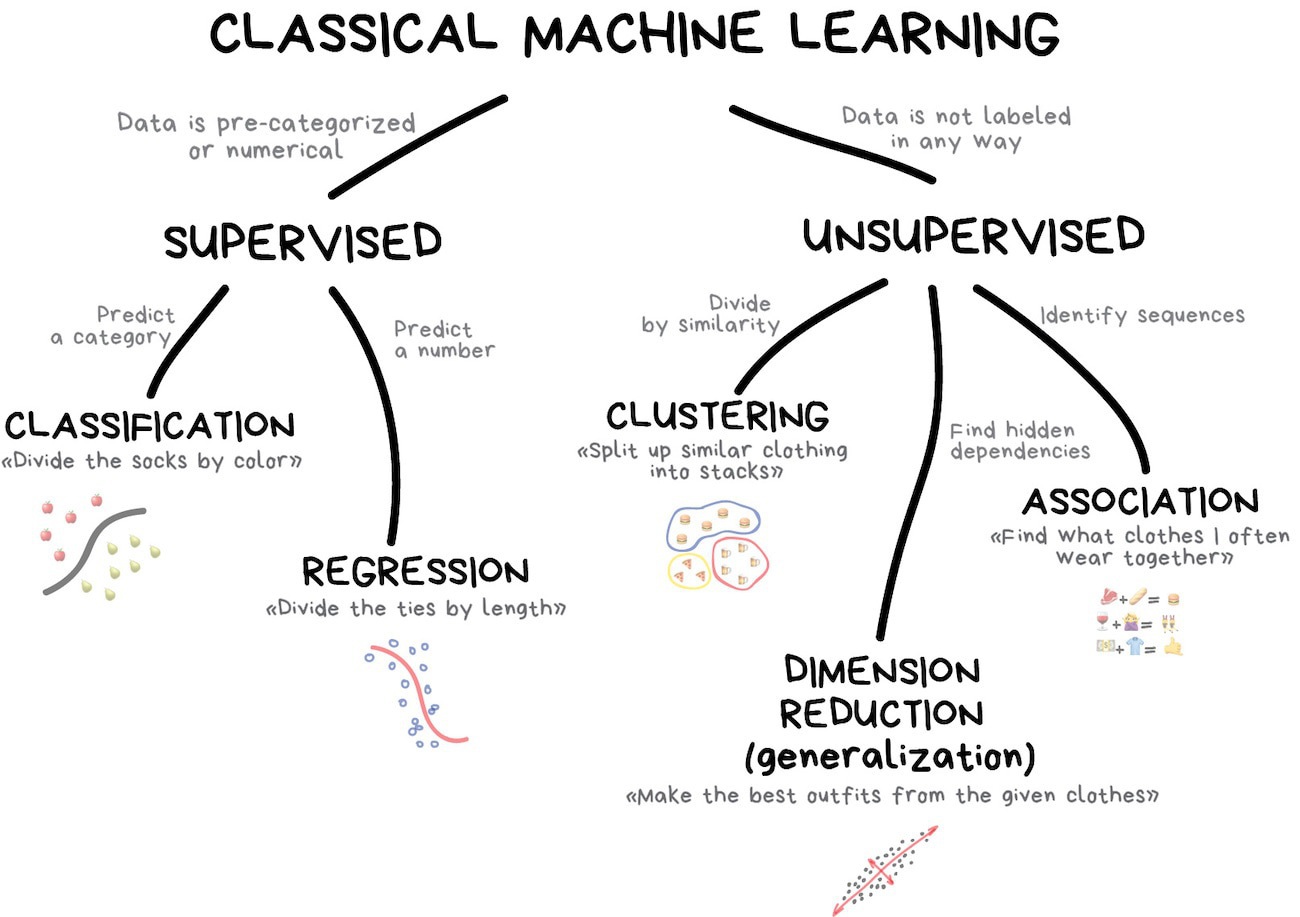
Lesson 1: Classic machine learning
The last few years have seen a surge of interest in applying powerful machine learning tools to challenging problems in ecology. Our goal in this work is to introduce ecologically useful ML-based algorithms.